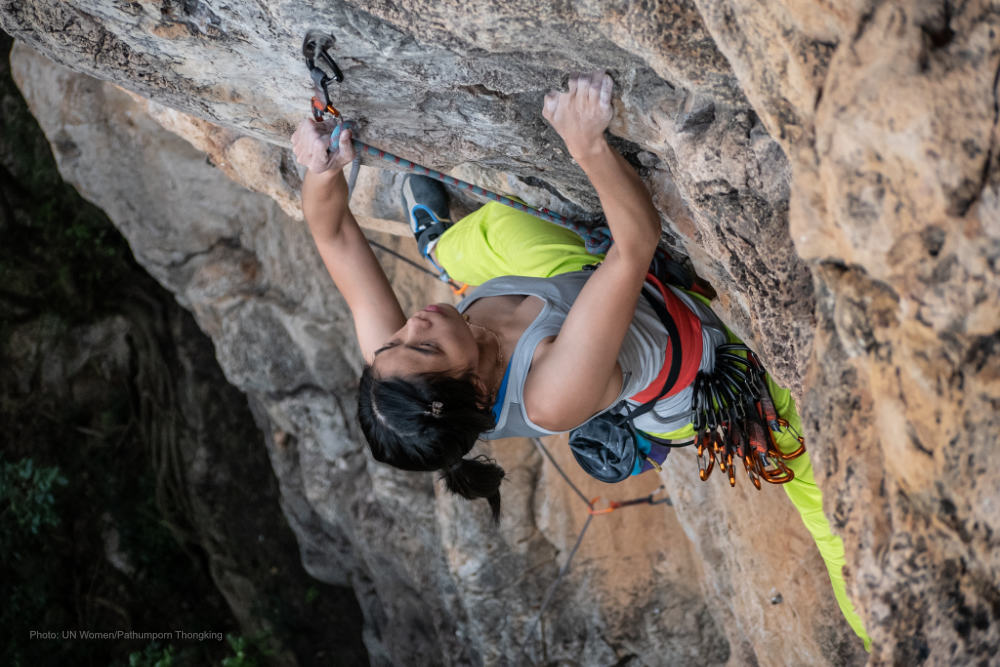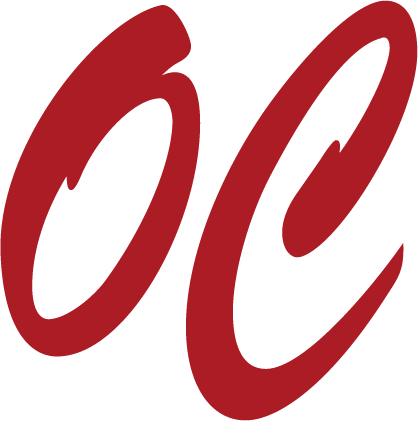Dealing With Climbing’s Most Common Injuries – Part 2
In this article (the second of a three-part series), Dr. Lisa Liang, a CASEM certified Sports Medicine Specialist and Family Physician, discusses the treatment and prevention of one of climbing's most common and debilitating injuries – lateral and medial epicondylitis.
-

Dealing With Climbing’s Most Common Injuries – Part 2
What is affected?
- Climber's elbow may refer to lateral epicondylitis (tennis elbow) or medial epicondylitis (golfer's elbow).
- Epicondylitis refers to inflammation at the tendon insertion point.
- The lateral epicondyle is an outer bump on your humerus – you can feel this bony bump on the outer side of your elbow.
- A tendon attaches here that involves several muscles, including some wrist extensors (which bend your wrist upwards) and the supinator (which helps you turn your palm face up).
-

Image from: https://www.biaphysio.com/treat/tennis-golfers-elbow-pain/tennis-elbow-image/
- The medial epicondyle is the inner bump of your humerus.
- You can feel this bony bump to the inner side of your elbow.
- Tendons attach here that involve several muscles, including some wrist flexors (which bend your wrist downwards) and pronator teres (helps you turn your palm face down)
-

Image from : https://www.phoenixrehabgroup.com/images/golfers-elbow-hand-physiotherapy
How does this injury happen?
- Overuse of the forearm muscles, typically from repetitive movements.
- It may happen alongside a muscle tear ("strain") or nerve compression.
What are the symptoms?
- There is a gradual onset of pain, aching or burning in the outer or inner elbow.
- Climbers will experience pain in the outer or inner elbow with gripping objects or climbing holds, shaking hands, opening doorknobs or doing push-ups.
Kinesiotaping has increased in popularity and may provide some pain relief, but there is mixed evidence regarding its efficacy.
How is it diagnosed?
- Clinical examination and ultrasound can confirm the injury.
- X-rays may be used to rule out injury to the bone.
How is it treated?
- Core treatment for both medial and lateral epicondylitis involves an initial rest from aggravating activities. After this rest period, climbers should proceed with physiotherapy or a structured home exercise program that stresses a gradual increase in loading.
- Kinesiotaping has increased in popularity and may provide some pain relief, but there is mixed evidence regarding its efficacy. (1, 2)
- Bracing may provide short-term pain relief and help with elbow/wrist function over several months. (3)
- Corticosteroids may provide short-term relief for acute injuries. (4,5)
- Platelet-rich plasma (PRP) and autologous blood may provide intermediate relief for acute injuries. (5,6,7)
- Surgical options are only used for persistent cases that fail all other treatments.
How can I prevent epicondylitis?
- Take time to warm up before your workout.
- Increase the load gradually when performing strength exercises.
- Try to climb with elbows close to the wall or rock surface, and avoid gripping with wrists extended (i.e. bent backwards). (8)
- Avoid jamming hands into wide cracks. (8)
References:
- Eraslan L, Yuce D, Erbilici A, Baltaci G. Does Kinesiotaping improve pain and functionality in patients with newly diagnosed lateral epicondylitis? Knee Surg Sports Traumatol Arthrosc. 2018 Mar;26(3):938-945. doi: 10.1007/s00167-017-4691-7. Epub 2017 Aug 24. PMID: 28840301.
- Chang HY, Cheng SC, Lin CC, Chou KY, Gan SM, Wang CH. The effectiveness of kinesio taping for athletes with medial elbow epicondylar tendinopathy. Int J Sports Med. 2013 Nov;34(11):1003-6. doi: 10.1055/s-0033-1333747. Epub 2013 Jun 14. PMID: 23771826.
- Kroslak M, Pirapakaran K, Murrell GAC. Counterforce bracing of lateral epicondylitis: a prospective, randomized, double-blinded, placebo-controlled clinical trial. J Shoulder Elbow Surg. 2019 Feb;28(2):288-295. doi: 10.1016/j.jse.2018.10.002. PMID: 30658774.
- Stahl S, Kaufman T. The efficacy of an injection of steroids for medial epicondylitis. A prospective study of sixty elbows. J Bone Joint Surg Am. 1997 Nov;79(11):1648-52. doi: 10.2106/00004623-199711000-00006. PMID: 9384424.
- Bobin Mi, Guohui Liu, Wu Zhou, Huijuan Lv, Yi Liu, Qipeng Wu & Jing Liu (2017) Platelet rich plasma versus steroid on lateral epicondylitis: meta-analysis of randomized clinical trials, The Physician and Sportsmedicine, 45:2, 97-104, DOI: 10.1080/00913847.2017.1297670Houck DA, Kraeutler MJ, Thornton LB, McCarty EC, Bravman JT. Treatment of lateral epicondylitis with autologous blood, platelet-rich plasma, or corticosteroid injections: A systematic review of overlapping meta-analyses. Orthop J Sports Med. 2019 Mar 14;7(3):2325967119831052. doi: 10.1177/2325967119831052.
- Suresh SP, Ali KE, Jones H, Connell DA. Medial epicondylitis: is ultrasound guided autologous blood injection an effective treatment? Br J Sports Med. 2006 Nov;40(11):935-9; discussion 939. doi: 10.1136/bjsm.2006.029983. Epub 2006 Sep 21. PMID: 16990441; PMCID: PMC2465032.
- Vagy, Jared. "Lateral Epicondylosis - Tennis Elbow." The Climbing Doctor, 6 June 2019, theclimbingdoctor.com/portfolio-items/carpal-tunnel-syndrome-6/.
- Vagy, Jared. "Lateral Epicondylosis - Tennis Elbow." The Climbing Doctor, 6 June 2019, theclimbingdoctor.com/portfolio-items/carpal-tunnel-syndrome-6/.
Join the discussion of this and other climbing related stories at www.ontarioclimbing.com/forum/

Dr. Liang is involved in medical education, leadership roles, patient education and research, and has interests in exercise as medicine, sports nutrition and performance arts medicine. She has worked with various Varsity Blues teams as well as the National Ballet of Canada, the 2015 Pan Am Games, the Mississauga Steelheads, the Around the Bay Road Race and the Toronto Rock Lacrosse team. She is currently the Company Physician for Canada's Ballet Jörgen.
Dr. Liang lives with her husband and two sons in Burlington. In her spare time, she loves being active (doing hot yoga, step aerobics, cycling and climbing), playing trumpet and piano, reading sci-fi novels, cooking and travelling. You can follow her on Instagram @drliangsportsmed.




